Carpenter Bee (Xylocopa (Notoxylocopa) tabaniformis orpifex)
California Carpenter Bee (Xylocopa californica)
We love seeing the Bumble Bees up here and the populations seem to be doing well. Even thought several studies have said that populations have decline, from a fungal pathogen, Nosema bombi.
Other studies have also proven that the abundance of the European honey bee has also caused a decline in the populations because of competition. European Honey Bee's collect the nectar causing a scarcity of nectar in areas for the Bumble Bee. Bumble Bee's respond by sending more foragers to get nectar instead of pollen. This in return leads to fewer offspring of the Bumble Bee.
There are things that can be done. The Xerces Society is helping land managers create strategies for increasing pollinator numbers. Land managers need these pollinators for wild flowers, blueberries, tomatoes and many other crops. There are also local groups trying to create habitat for bees like Texas Bee Watchers. You can make your yard more bee friendly as well. Below are some of the Bumble Bee's we have seen along the way.
Nevada Bumble Bee (Bombus nevadensis)
Indiscriminate Cuckoo Bumble Bee (Bombus insularis)California Bumble Bee (Bombus californicus)
We also got one of these guys in flight!
Kendra and John

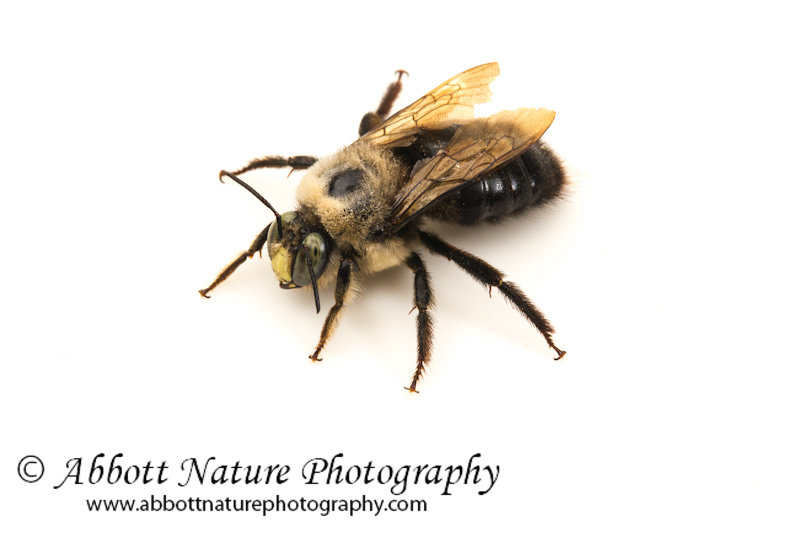
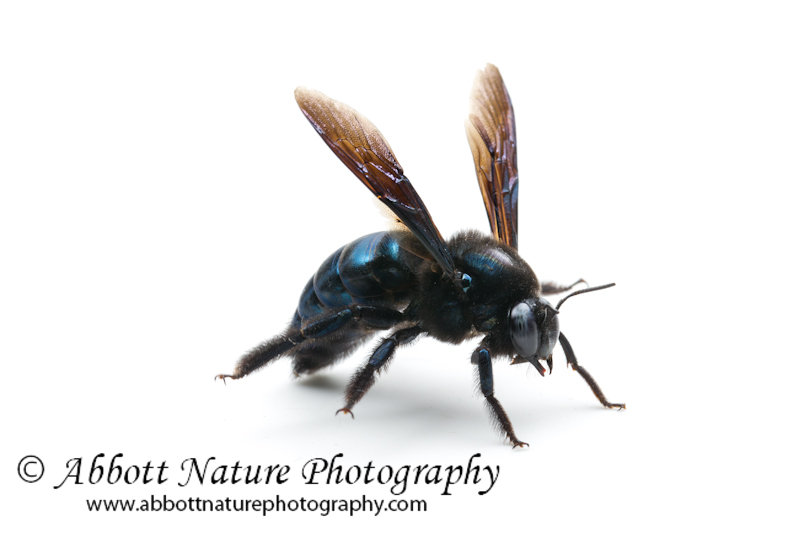

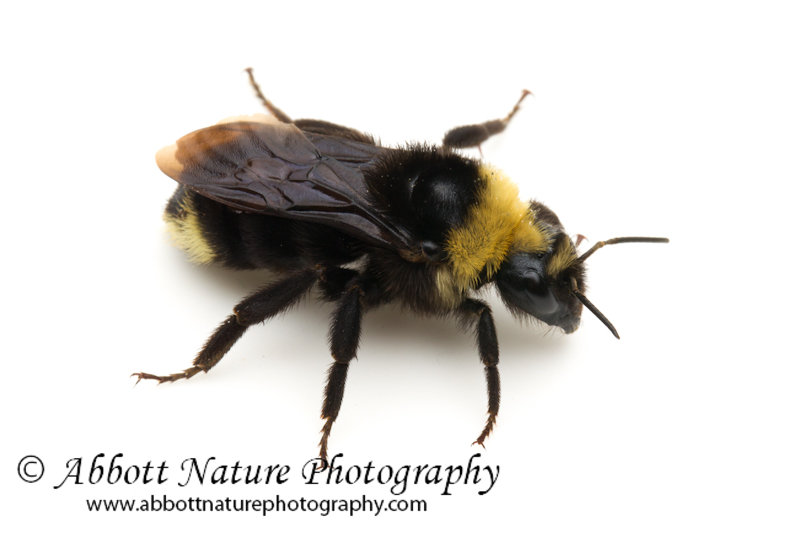
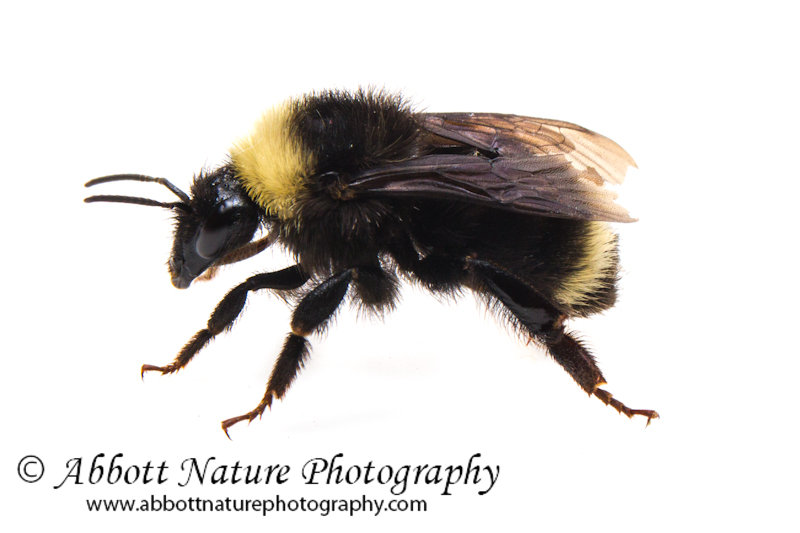
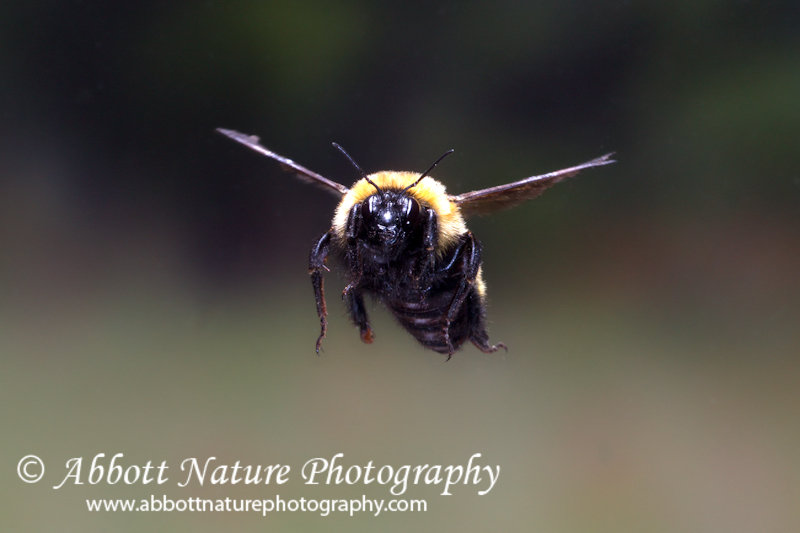

No comments:
Post a Comment